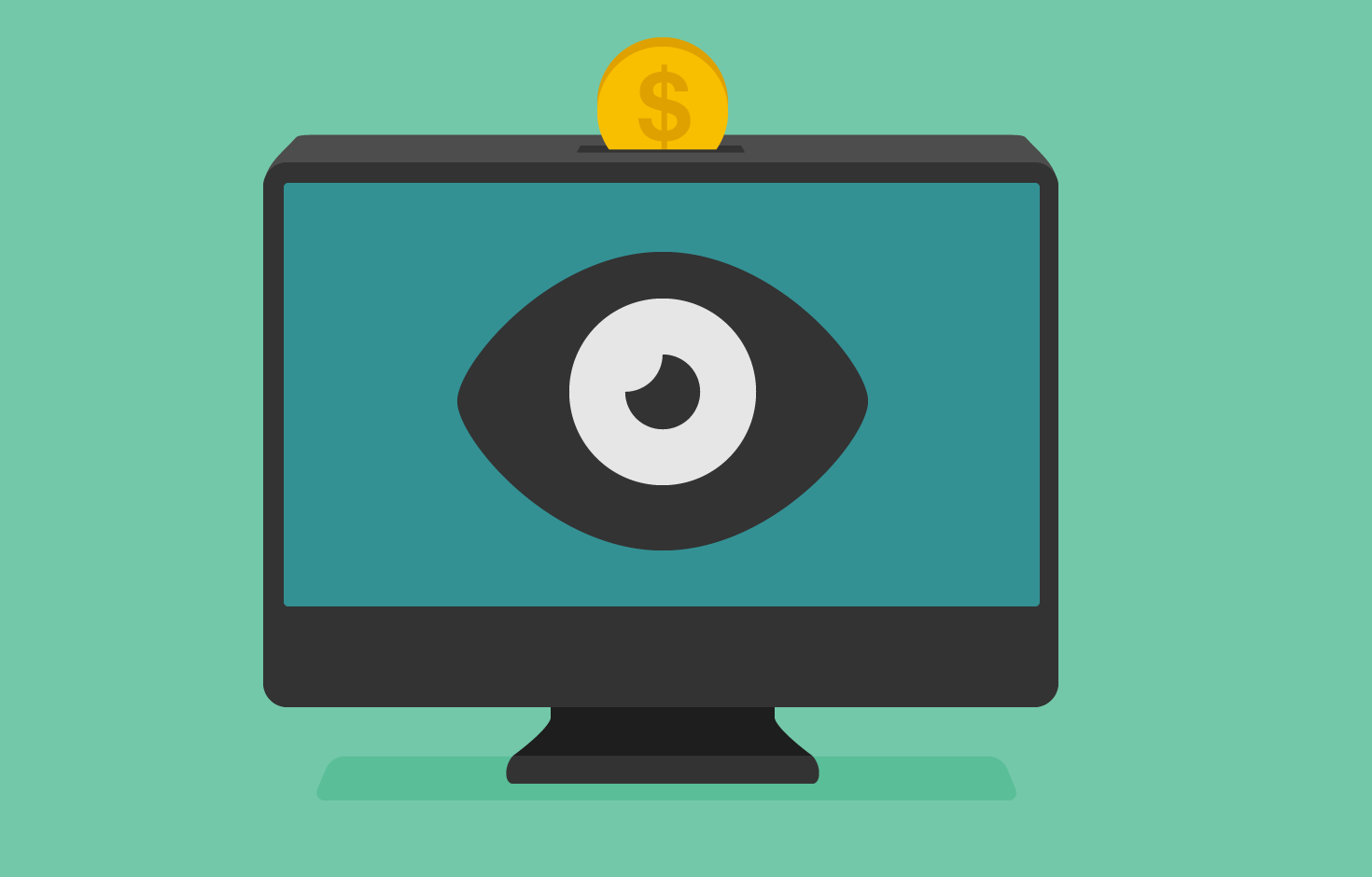Live Streaming videos can be rewarding in many ways. They can help one get personal satisfaction, express their creativity to the world, and provide information and getting a point across. It can also be rewarding in very simple way: it can help you make Money. Yes, you read it right; it can help you make money. Now the question comes, how? This question has a sea full of answers. Some are straight to the point while others taking a little turn and then reaching to the point. One can do it directly with Pay per Live broadcasting or by requiring subscriptions. You can also sell advertising for their broadcast or a form a relationship with one too many sponsors or use crowd funding to allow people play a part in the creation of the new content.
All the above methods have some Good and some bad aspects and I’ve discussed most of them in my sense. Let’s now explore each of these in relation to stream live.
Pay Per View and Subscription For Live Streaming

Pay Per Subscription for Live Streaming
This is the most direct way to make Money from streaming live video. It lets you charge people to watch videos. A few streaming service providers include a paywall option with DaCaat being one of the first to do so. Third party options are also available and can be added to a service, for example in InPlayer. In simpler words, a paywall is an arrangement which requires a payment before the viewer can watch the broadcast. It works well for live streaming or on-demand video. Pay per View is the easiest paywall set up. It basically requires a payment on a “per view” basis. In simpler words, the viewer has to a pay an amount and then watch the broadcast only for limited period of time.
A little more sophisticated approach is to take subscriptions. This is how Netflix and Amazon work. They charge a monthly or other periodic fee and letting the viewer stream any number of videos in that month or period. It’s a more elaborated form of the simple Pay per View arrangement.
Like all the other things, paywall methods have both advantages and drawbacks. The advantage is that it allows immediate returns and provides the user high-quality viewing. The broadcast isn’t filled with Ads or endorsements. The only drawback is that it requires a huge amount of commitment from the viewers. There are going to be people who will pay to watch a good video, but they are going to be limited. But the major fact is that anything that costs some money reduces the traffic. There are chances that you won’t have many viewers when you charge compared to when you broadcast it for free. For this very reason, pay per view and subscription is the best way out for a dedicated audience that is actually willing to pay. It doesn’t require a very large audience to generate revenue, despite the fact that the more paying viewers the better.
Advertising and Sponsorship

Ways for Advertisement Live Streaming
This is just another way to make money from live streaming. This is by selling advertisements. These ads come up in the lower thirds of your video or as clips before your video begins and/or interrupting it like TV commercials. This is definitely the age-old method used by the network radio and television stations long before the internet even existed.
Again, even here there are advantages and disadvantages to this method. On the brighter side, it requires less in the way of commitment from the viewers. They wouldn’t have to pay money and just spend a little extra time enduring commercials.
The darker side is that it requires a very large audience before advertisers will be interested in buying space. If there are less than million projected viewers, there are chances that the broadcaster doesn’t sell it to you, as there are many more networks available.
Sponsorship is more or less similar to advertising and involves a sponsor bankrolling your video in return for what amounts to informal advertising. It basically involves the form of endorsements of the sponsor in the video itself. Sponsorship at times is possible with the smaller broadcasts that could be facing a hard time attracting good advertising. But on the other hand, it’s a long-term plan and can be very difficult to set up.
Driving Traffic to a Web Site

Web traffic button pointing high position with two fingers, blue and grey tones, Conceptual image for internet seo.
Yet another use of video to make money is to drive traffic to a website where the broadcaster is selling a product or a service. This does exact the same work of any other web content such as blog articles or photos. It basically follows the general rules of search engine optimization and aims at click- through or conversion: a follow-up action that results in the generation of revenue.
The advantage here is it requires very less commitment from viewers as viewers. You are not going to ask the viewers for the privilege. This is because you’re not asking to sit through the same repeated boring ads.
The biggest disadvantage is its uncertainty. The product or service being offered for sale, and how the click-through opportunity is presented and or organized, which makes as much difference here as the quality and the subject matter of the video itself.
Crowdfunding

Crowdfunding
This is the most innovative and smart way to make money from live broadcasting. It uses websites like Kickstarter, Patreon, and Indiegogo in order to present creative projects and ask for donations, usually offering rewards to the people who donate in threshold amounts. Sites like Kickstarter favour donations in one-times and on the other hand sites like Patreon slide more easily into a subscription model, in which the contributors offering commitments of monthly donations. You can use a Crowdfunding campaign to request funding for your broadcasting efforts. The rewards for donations can include subscriptions to the broadcast itself if you’re using a paywall model.
Conclusion
So, these are a few ways to make money from live streaming video. These range from the straightforward way or rather the direct way such as pay per view to the curvy aka indirect methods such as using video for SEO purposes and as a part of the crowdsourcing campaign. The best approach will basically depend on the number of viewers you can expect and how dedicated your fans are and whether the video is your sole endeavour or part of a more varied offering.
Though if you want to offer the broadcast free to your viewers and don’t have the audience size to use advertising, a more non-traditional approach to still generate revenue, all you have to be is a little creative.



About The Author: Udaya Prakash
More posts by Udaya Prakash